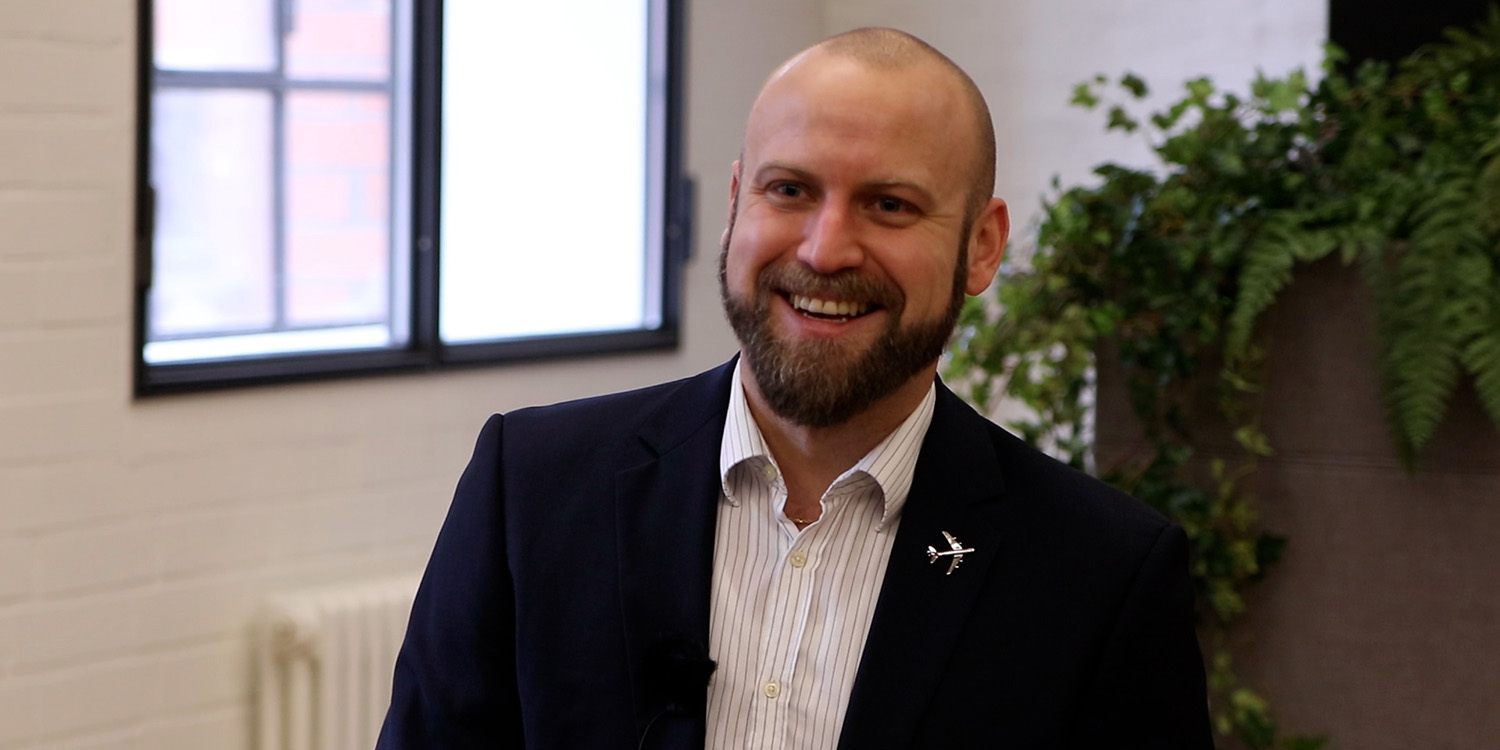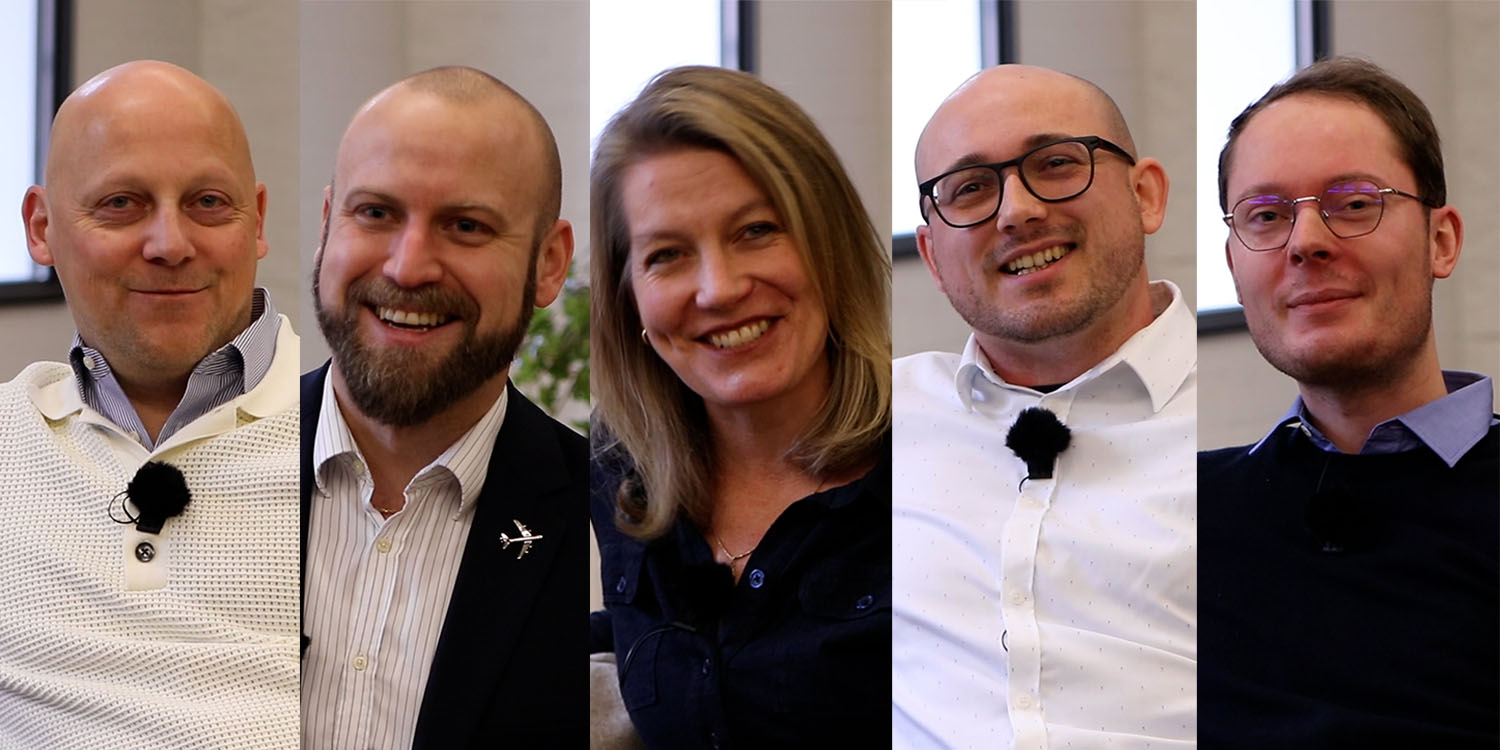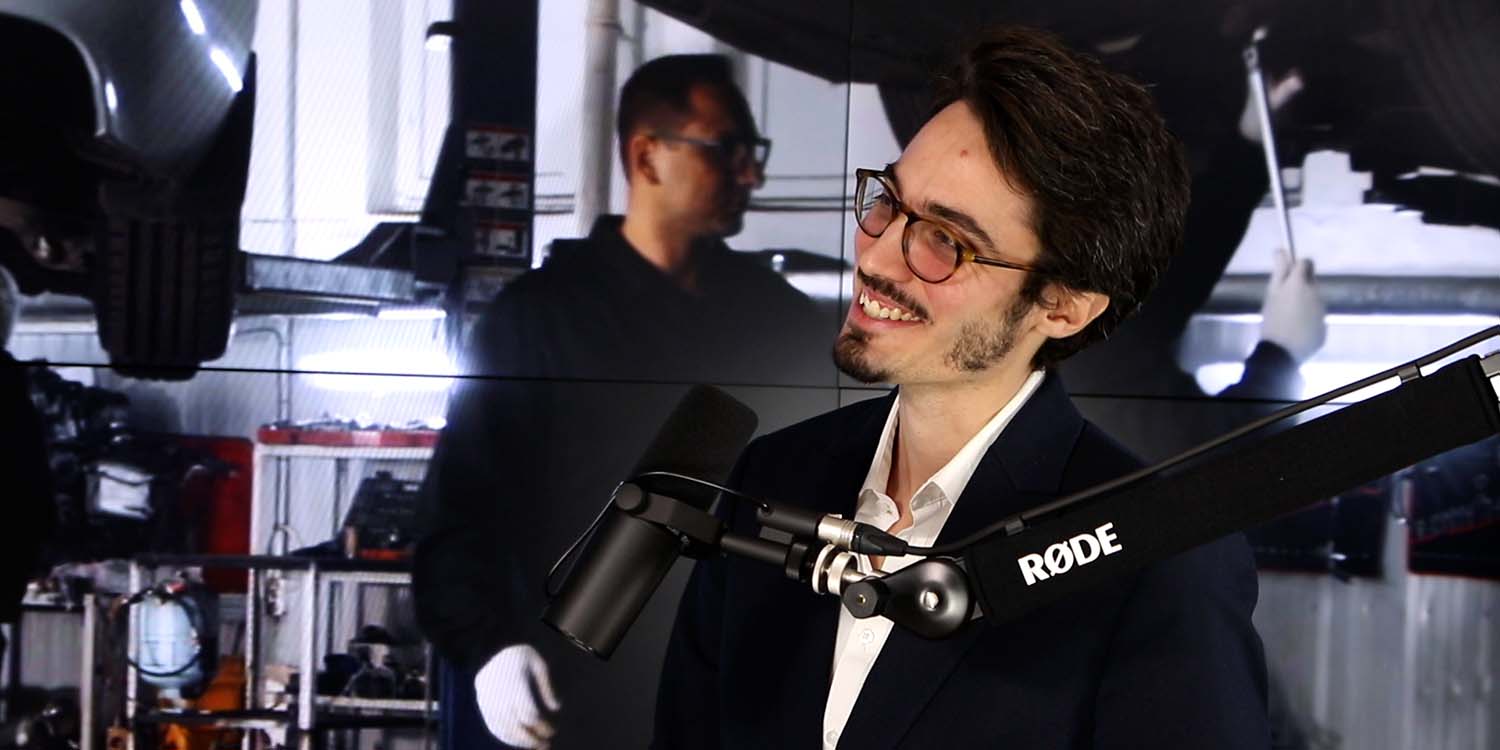Full Transcript
Tristan Oualid: To mark the 10-year anniversary of our partnership with Spairliners, Lokad has traveled to Hamburg to meet with some of the people that work so hard to make this project a success. I’m delighted to be joined in studio by Remi Quentin. Remi, first of all, thank you for joining us and taking the time.
Could you maybe start by introducing yourself and your position?
Remi Quentin: Yes, sure. So I’m Remi Quentin, Supply Chain Scientist at Lokad, which is, in simple terms, a mix between a data position and a supply chain expert.
Tristan Oualid: And what does that position involve?
Remi Quentin: On a daily basis, I am part of the ones that basically create the numerical recipes and tackle business problems from Spairliners and automate supply chain decisions.
Tristan Oualid: Each active supply chain project is different, and we know that Spairliners is a uniquely challenging one. How does your team handle this complexity?
Remi Quentin: For sure, handling Aeronautics problems is difficult. I would say that it works well thanks to two key elements provided by Lokad.
The first one is the technical tooling the Lokad platform provides. We have a domain-specific language called Envision, which enables us to not really worry about all the technical aspects and instead focus on solving business problems.
The second one is also the concepts in Quantitative Supply Chain theory, which really help in solving problems, even though they’re not very straightforward.
For example, what if I want to know where to invest—in which part numbers? I have like one million euros. What are the best part numbers and best units to invest in? That’s not a trivial question. But with this kind of approach and tooling, it’s not fairly easy—but it’s easier to understand, explain, and solve.
Tristan Oualid: And given the complexity of what you just explained, how do you handle communication and collaboration effectively with the Spairliners team?
Remi Quentin: We have different channels to communicate. First one is weekly meetings. Also emails whenever they want. We also have our proper ticketing tool, including Lokad. So basically, we communicate on a daily basis, which helps us follow what’s happening in Spairliners’ business.
Tristan Oualid: All the decisions that you’re talking about are based on numerical recipes. Can you maybe explain what exactly is a numerical recipe and how it’s custom-made for Spairliners?
Remi Quentin: Sure. I would say a numerical recipe is a piece of software that automates the supply chain decisions we need to take every day—for example, moving a part, purchasing a unit of a part number, etc.
It’s very custom-made for Spairliners because they have their own problems and also their own data. So we have to do it all custom so it reflects Spairliners’ business and solves the right problems.
Tristan Oualid: And in a fast-moving environment that is supply chain—and more specifically aviation—how do you and your team adapt to the evolving needs of Spairliners?
Remi Quentin: We need to keep in mind that Lokad is not a fixed-in-time project. It’s constantly evolving depending on the needs of the team, based on their feedback and so on. So we basically work every week on developing the solution and making it better.
Tristan Oualid: And how long typically does it take from implementing this type of numerical recipe to getting it in production? Do you have any specific example to share?
Remi Quentin: It depends. If it’s only a small tweak in a numerical recipe, it can be done within a few hours. But if, for example, we need to review the whole forecasting model—such as what happened just after COVID time because the data was polluted—then it can take up to a few weeks.
But it’s definitely not months nor years. It’s not like an IT project because we need to solve problems and meet the business requirements that are evolving extremely fast.
Tristan Oualid: Is there any significant adjustment planned in the near future that you can share with us?
Remi Quentin: Yes, sure. I would say it’s more about crafting new numerical recipes. For example, handling the repair management problems—like: “Where do I send this unit when I get it back unserviceable?”
Tristan Oualid: Okay, looks interesting. Well, thank you Remi for taking the time today with us.
Remi Quentin: Thank you.
Tristan Oualid: It was a pleasure talking with you.


